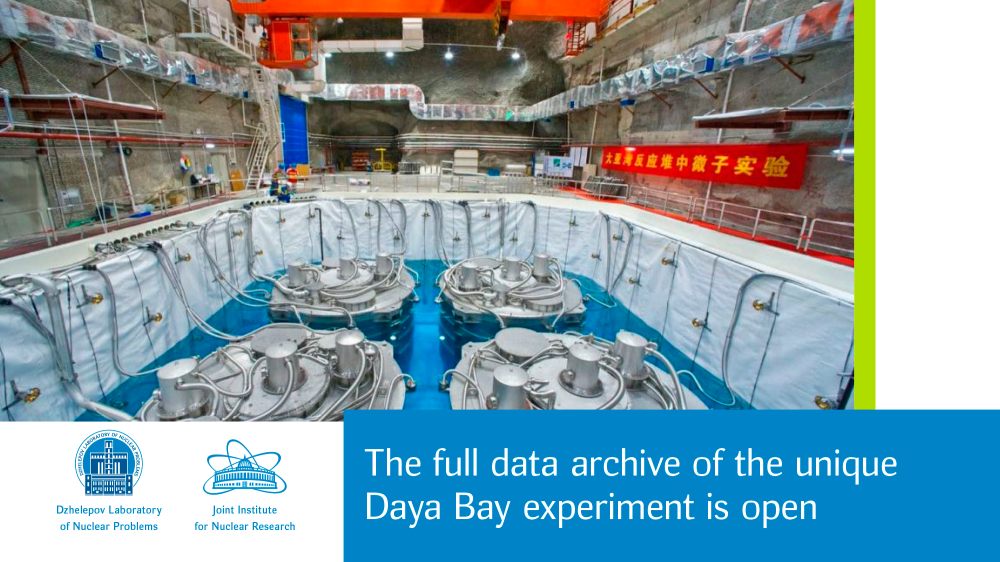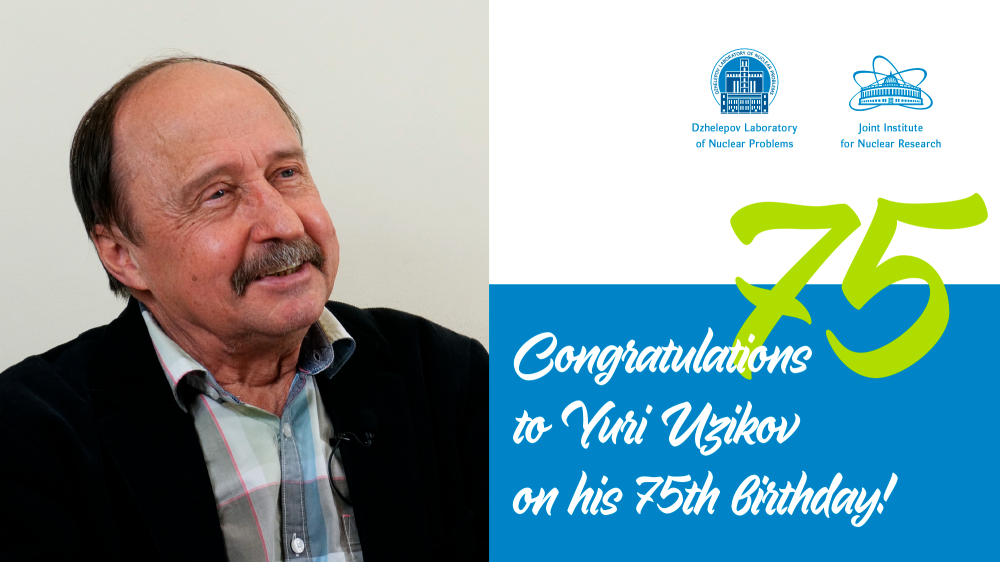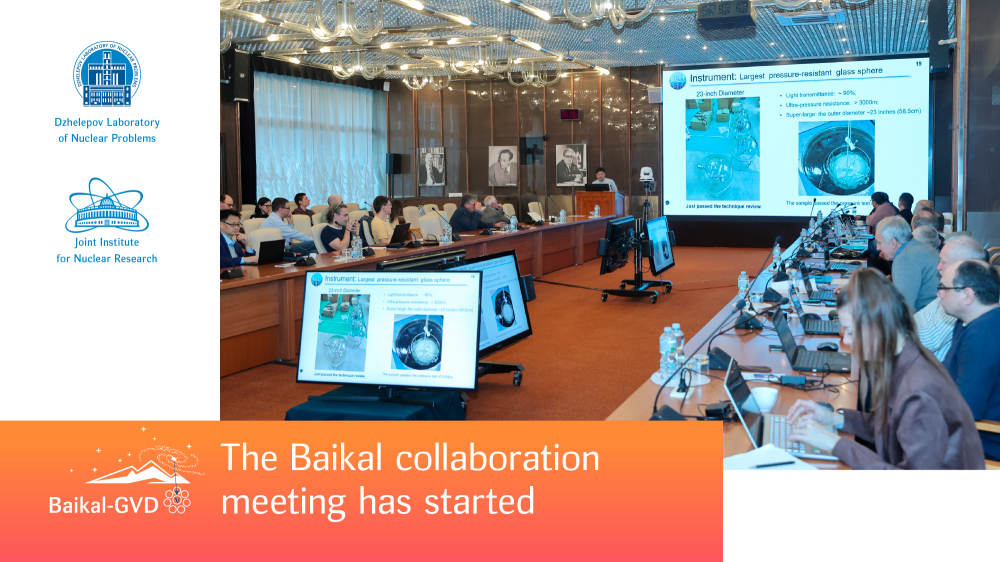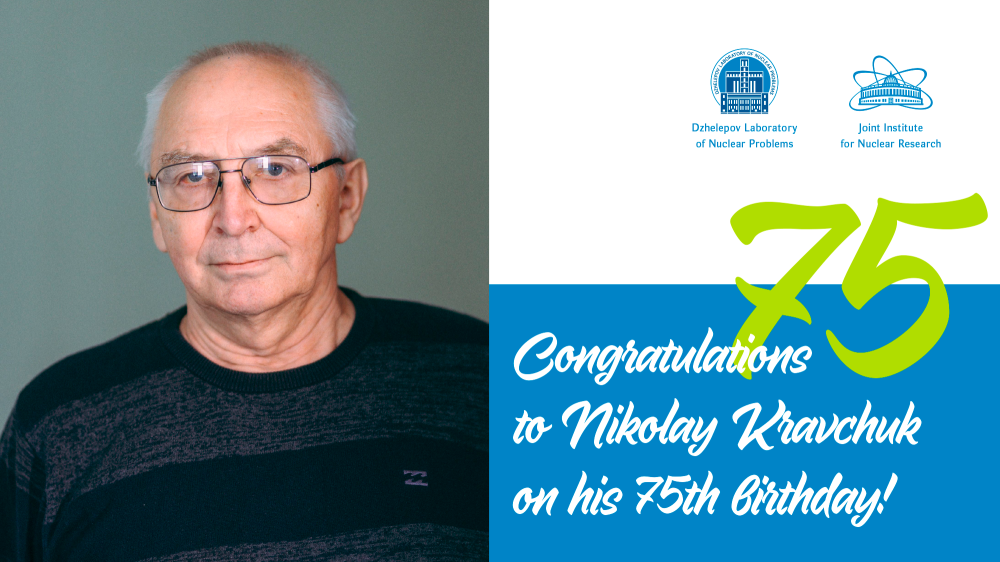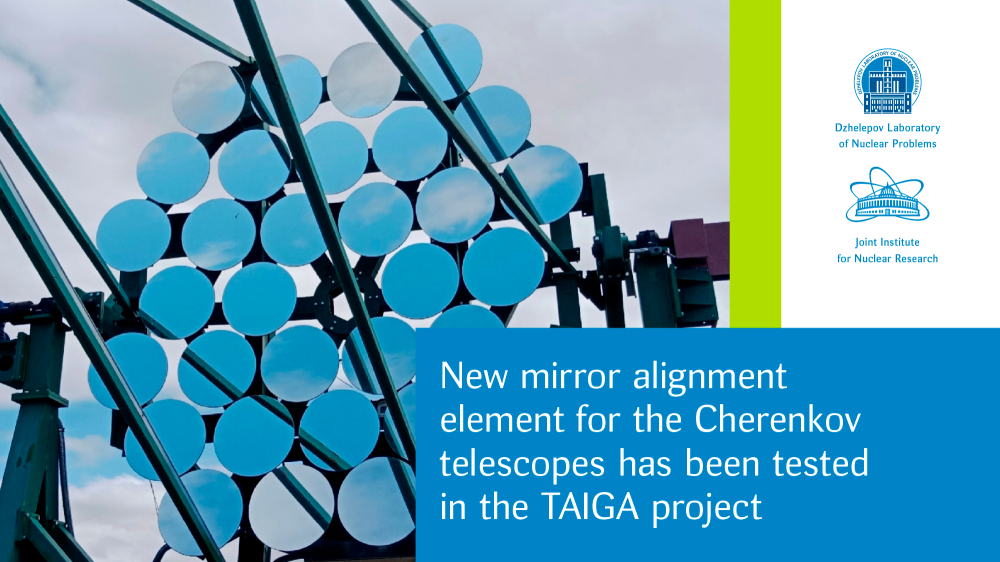“The most incredible thing that Bruno Pontecorvo taught his students is self-belief”
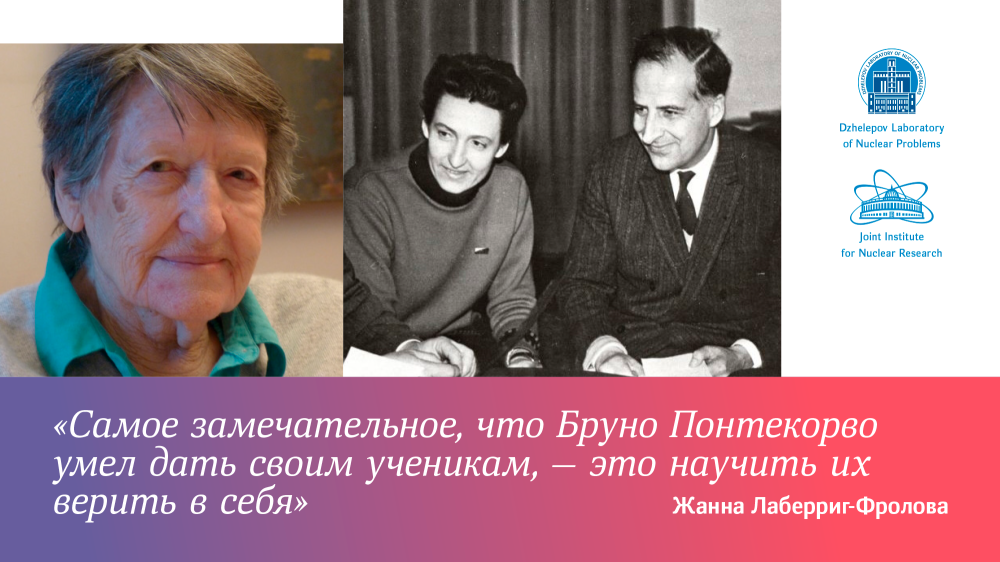
“Then, I did not know yet that nine years later, in 1958, Frederic Joliot-Curie would send me to Dubna, to the Laboratory of Nuclear Problems, for eight months. Our laboratory was interested in particle physics, and we needed to be up to speed with the latest developments in large centres with big accelerators. I am grateful to the DLNP Director Venedikt Petrovich Dzhelepov for assigning me to the group of Bruno Pontecorvo”, wrote Jeanne Laberrigue-Frolow in the article “Bruno Pontecorvo and Paris” in January 1997.
“Perhaps, it is because I came from Paris, from the laboratory where Bruno was happy, that he did everything for our stay in Dubna to be as comfortable as possible. I say “our” because I came with my five-year-old daughter Ann. I discovered here that apart from being cultured and elegant, Bruno Pontecorvo had some outstanding personal qualities (didn't his parents say Bruno was the kindest of their children!).
Thus, it was Bruno Pontecorvo who guided me during my first steps in high-energy physics and in particle physics. His attention to me never weakened since then. As many others, I owe him that about which G. Salvini told in Rome many years later: “The most incredible thing that Bruno Pontecorvo taught his students is self-belief.”
Jeanne Laberrigue-Frolow lived a bright life and passed away on 18 December 2024, a month before her 100th birthday. She was born to a family of Russian migrants in Paris in 1925. Her father, Vladimir Frolow, was a well-known hydrologist, and that’s why Jeanne understood since her childhood that science was a very interesting and decent occupation. After graduating in mathematics, physics, and general chemistry from Sorbonne University, in October 1947 Jeanne became a researcher in the laboratory of Collège de France, where she defended her doctoral thesis on nuclear physics. In 1958, the then laboratory director Frederic Joliot-Curie sent her on an eight-month business trip to Dubna, where she worked in the group of Bruno Pontecorvo. When she came back to Paris, in the Institute of Nuclear Physics of Orsay (IPN) she was assigned the task of creating a group in the Institute of Nuclear Physics of Orsay (IPN) to analyse bubble chamber data. In the 1960s, the group of Jeanne Laberrigue-Frolow joined the Saclay-Orsay-Bari-Bologna collaboration that studied antiproton interaction at the accelerator in CERN. In 1968, Jean Teillac became the head of the IPN Department of High-Energy Physics, and Jeanne got a position of his assistant, being later succeeded by Marseille Goldberg. In 1970, the Laboratory of Nuclear Physics and High Energy (LPNHE) was established, in which Jeanne worked till the very end of her life. In last years, she was a science popularizer, appeared in films and TV shows about particle physics and nuclear power engineering, and wrote articles on the history of physics.
We would like to thank Irina Yuryevna Shcherbakova, a leading specialist of the Expert-Analytical Group of the Department of Science Organization Activities, for the photos from the JINR archive.
Based on materials of the websites:


